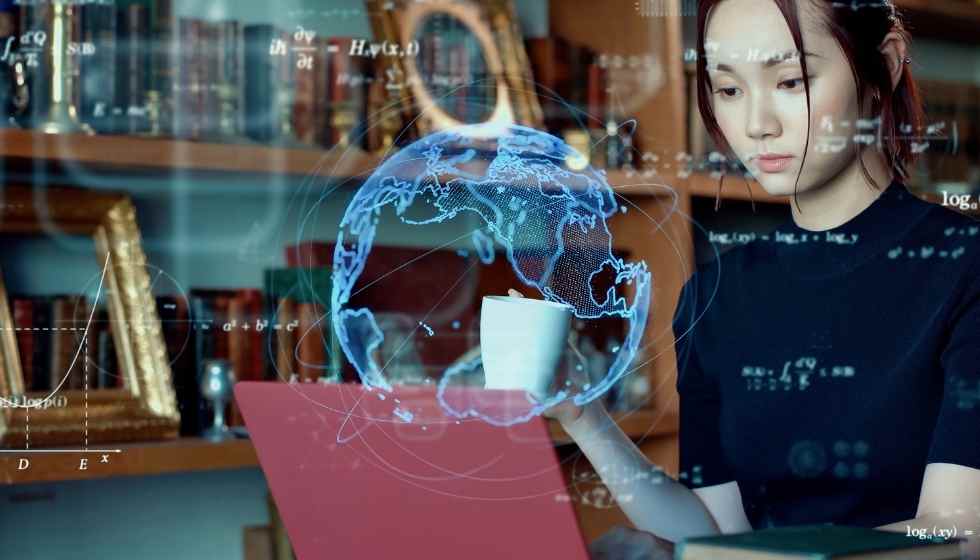Technology has come to stay, and it is not surprising that it is increasingly in more aspects of our lives. Technology is a good inclusion tool, so much so that it greatly facilitates the lives of children with unique abilities.
With more than a billion people living with a disability worldwide, technology can make it easier or harder for them to participate in society.
For example, technology that is not accessible can prevent people with disabilities from accessing information and participating in forums and conversations, making them even more marginalized.
But technology to promote inclusion and accessibility can help make the full and equal participation of children and adults with disabilities a reality.
Technology can be a tool for fulfilling rights and changing lives.
Technology in the Classroom
All children have the right to education, but not all may access the required learning materials.
The impact of textbooks is most significant in low-income countries, where they can help balance the lack of adequately trained teachers and basic school facilities.
UNICEF has developed an innovative new mechanism to overcome the barriers children with disabilities face in accessing learning materials.
The initiative is based on the universal design of textbooks using digital formats;
- Sign language to listen to students with hearing disabilities.
- Simplified language for students with intellectual disabilities.
- Audio for students with visual impairments.
The goal is to transform the way textbooks are published and used by all children and teachers.
Digital, mobile, and tablet whiteboards, as well as specific platforms and software, drive methodological change for this type of student.
Teaching classes for students with special educational needs has constantly challenged teachers. However, technology is driving significant change for teachers and students.
Technology For Children With Special Abilities
Equipment such as tablets, computers, and digital whiteboards make a difference in the modern classroom. They can even become, in academic terms, a significant improvement factor for learning in students with some disability, whether physical or intellectual.
E-readers, for example, help students turn pages in books without requiring manual dexterity. At the same time, voice recognition software helps them answer questions without typing. Similarly, computers are much more attractive to them than traditional textbooks and allow them to concentrate for longer.
The statistics and surveys carried out to date reveal how tablets are gaining more and more prominence in classrooms. In the case of students with special needs, this trend becomes even more necessary.
Thus was born Blitab, the first braille tablet available to the general public. Devices with facial recognition technology are also being developed, allowing users to operate them with just facial and eye gestures.
Embedding Technology
The use of tablets and mobile phones is essential in areas where classroom access is limited, especially for students with mobility difficulties.
In these cases, distance learning is often the only viable option to ensure that students are not excluded from education.
But what happens when a student is not fully capable of handling and navigating a device?
In these cases, researchers and technology companies worldwide continue to work to bridge that gap.
These are some examples of inclusive technology for children with unique abilities.

